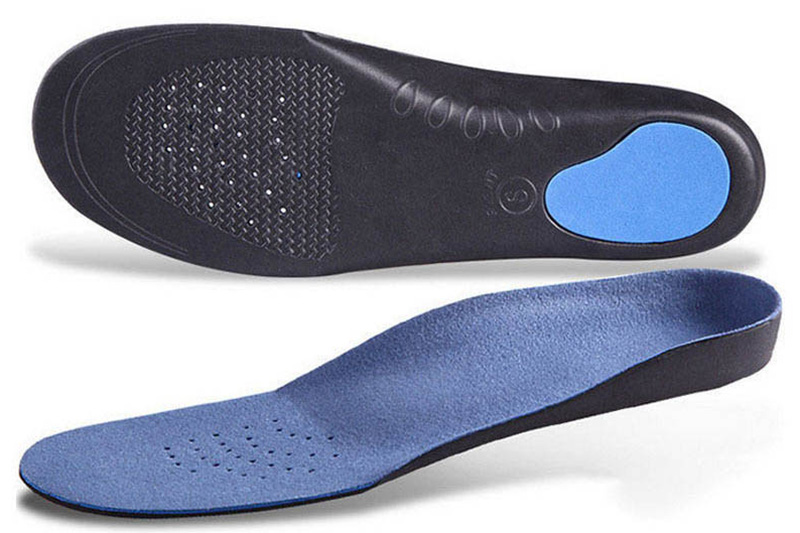
Orthotic insoles are an important accessory for anyone suffering from foot pain like plantar fasciitis or other discomfort. There are various types of orthopedic insoles on the market and there is no “one-size-fits-all” option because everyone’s symptoms and situation are unique, so it can become overwhelming when choosing the best type for you.
Let’s take and example,how do you choose the right insoles when you have plantar fasciitis? To help you decide, we offer some guidelines.
Firstly, choose insoles that resemble your foot shape---Whether you have high, mid-, or flat arches, the insole must be level with the contour of your foot to support it adequately.
Secondly, match firmness levels to your activity needs---You may need firmer support for long-duration runs or less rigid support for running on harder terrains or sprinting. Use a combination of different types to suit your activities.
Thirdly, ease into new insoles---Always allow enough time for your body to get used to new insoles. For example, you could start by wearing them for a few hours a day. Then, build on that until you feel comfortable wearing them for longer periods. Eventually, you will be able to wear them for as long as you need them. Remember, it can take up to 6 weeks to adjust and settle into your new insoles in some cases.
Lastly, don’t think of insoles as a cure---They may help you feel better and reduce pain in the short term, but insoles (no matter what type) can’t cure plantar fasciitis. So instead, use them as a tool to support your recovery as part of your broader treatment plan.
That is to say, when choosing an orthopedic insole, it is important to consider the size and shape of the insole. The insole should fit snugly in your shoe and provide support and comfort to your foot. It is also important to consider the material of the insole. Some materials, like foam, are soft and comfortable, while others, like plastic, are giving more support, durable and long-lasting.
Also, it is important to consider the activities you will be doing while wearing the insoles. If you're doing high-impact activities like running, choose insoles with extra cushioning and shock absorption. If you stand for long periods of time at work, choose insoles that provide support and stability.


In conclusion, choosing the right orthopedic insole for your foot care needs can significantly improve your daily life. Take the time to identify the cause of your foot pain or discomfort and choose the suitable insole that will provide support, comfort and stability. With the right type of footwear inserts, you can enjoy a pain-free and comfortable lifestyle.
Post time: Apr-09-2023
